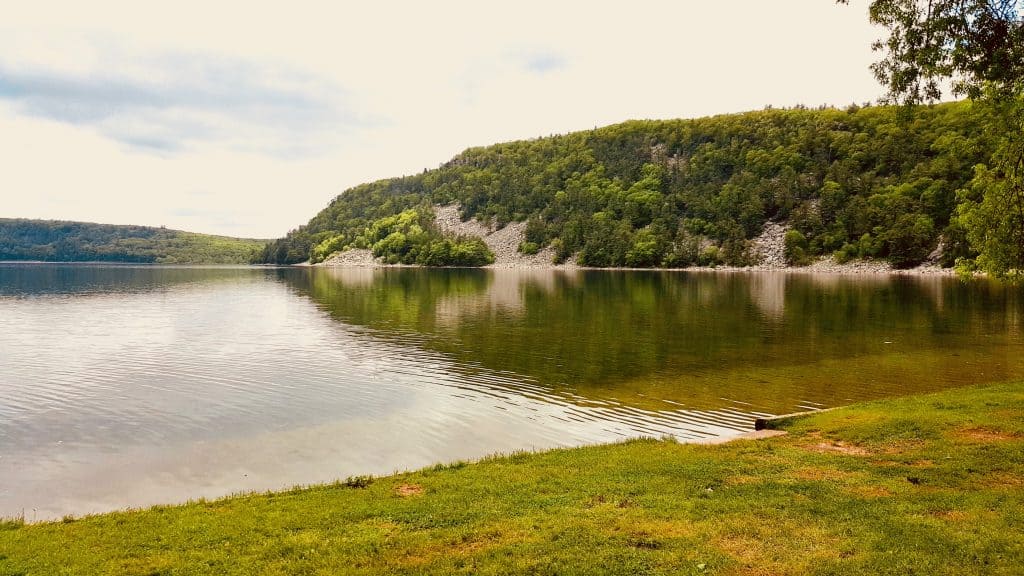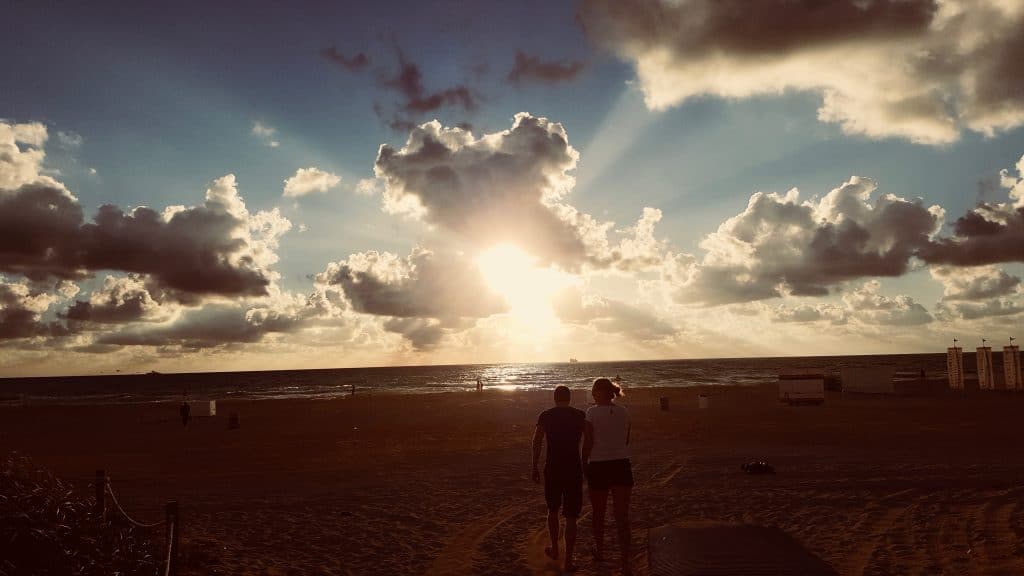Nowadays, most people wake to the sound of their smart phone alarm. Unless one has made a decidedly conscious resolution, the next movement of the day is to silence the alarm, and begin mindlessly scrolling. Before a man has the opportunity to be fully awake, he is assaulted with image after image, most of which are unnecessary to his existence, and harmful to the integrity of his mind. Man’s first impressions of the day are conquered by a foreign intruder.
With this dismal dawn of each day, it’s no wonder that more than any other time in history, people are afflicted with various mental illnesses. Anxiety and depression seem to be among the most common, and at their root lies a distortion, an inability to see reality for what it really is. These are complex issues, but a common definition of anxiety is “an exaggerated worry”, that is, a degree of worry that does not coincide with the actual stress or threat that something poses. In other words, a person does not accurately perceive the nature of the thing that presents itself to him. The distortion may be so severe that he perceives things that are good as bad, and vice versa. A great deal of this is due to an actual biological difference in the mind, however, because of the increasingly high rates of these illnesses, one cannot help but consider that some may be due to other causes. Losing our ability to see the true nature of things is the result, but what are these causes, and how do we remedy them?
For some time, authors such as philosopher Josef Pieper have been sounding the alarm that man’s ability to see is in decline. Three decades ago, long before Facebook and Instagram, he names one reason for this blindness: “the average person of our time loses the ability to see because there is too much to see!”. One needs only to look down at the screen in the palm of their hand to acknowledge this fact. In the modern day, there never has been a greater quantity of knowledge and images readily available, yet also, there has never been more anxiety and confusion.
Not only does the problem lie in the quantity of things we see, but also in the quality of the objects. For most, entire days are spent indoors, within an arena that is entirely man-made. Some may pursue the rich company of nature on the weekends or holiday, but for the most part, modern man has divorced himself from the simple, God-given playgrounds of the fields and forests. Once our senses regularly feasted on the sturdy oak, the whistling wind and crash of the waves by the sea, or the colorful variety of a field of wildflowers in late summer, whereas presently, our senses primarily consume digitally-altered, filtered images.
In “A Mind at Peace”, authors Blum & Hochschild point out that this shift in the sensory diet from God-made to man-made objects can in fact harm our ability to see differences in things and make correct judgements as to their purposes:
The composite images that result from the editing of photographs are one example of the substitution of ambiguity for clarity,… all manner of computer-generated images and animations that depart from natural models…The danger today is that when our sensory are dominated by man-made imagery, we are at risk of losing the ability to distinguish between what is real and what is not.
No longer trained to recognize simple, God-made realities, such as the different species of trees, our sense powers become weakened and dulled. As our authors assert, weakened senses allow important distinctions to go undetected. If a person is repeatedly presented with an image that is fraudulent, eventually, he will begin to believe that what he sees is true. Another instance of this is in the new phenomenon of online personas; with the use of social media, people can create and present an entirely fraudulent picture of themselves, to the point of convincing others and themselves that it is true.
So what are we to do in the midst of this confusion? How do we maintain the integrity of our minds, so that we can honestly see the world around us and, to be frank, maintain sanity? To find any answer, the necessary thing is to ask the right question. Pieper asks: “How can man preserve and safeguard the foundation of his spiritual dimension and an uncorrupted relationship to reality?”. He and many others believe that despite the seemingly hopeless climate closing in on us, with discipline and a firm resolution, it is possible to retrain ourselves to truly see again. Other writers agree.
In a recent essay entitled “The Re-Discovery of Nature”, author George Stanciu discusses his time spent in the southwestern United States. Recalling the experience of the Desert Fathers, he states:
In the desert, because of the sparsity of life, a person could encounter a single rock, a single plant, or a single animal, and in that encounter, a person encountered himself and discovered that he was meant to behold the beauty of the world around him. Furthermore, in that beholding, he was in some mysterious way connected to a higher spiritual being.

As we have noted, part of the problem is the quantity of sense objects; therefore, part of the remedy is to limit that quantity. A person will take note more intimately of a single object than he would if he were presented with ten. The practical application of this idea then must mean a sort of monastic vigilance, even abstinence, from the amount of things a person consumes during any given day.
Another helpful exercise is the study of nature, or God-made objects of knowledge. The more time spent in observation of nature, the more our sensory perception is fine-tuned. Blum & Hochschild explain:
To listen to robins’ songs and calls, to peer intently at their plumage, and to examine their bodies with great care…when we have learned something about the nature of the things we see and hear, that knowledge in turn informs our subsequent sensory experiences, and we recognize this as an instance of that kind of thing; we see this robin, that robin, the other robin.
Thus, our perception of nature sharpens. Moreover, shifting our attention from man-made objects to God-made objects changes the quality of the knowledge we attain. While it is good to be aware of current events, is there not more of an opportunity for quiet reflection, joy and contemplation in knowing what birds visit our backyard, or the variety of plants that grow there? Our efforts to know more deeply the wonderful creatures God has made give us insight into the nature of the Creator. Is not knowing the whole truth of the thing immediately in front of us more desirable than knowing a part of what so-and-so did the other day in Europe?
Most definitely, it is in our power to change the quantity and quality of our knowledge. And yet, there is an opportunity for us to go further. Although it does require more time than the other two remedies noted, recently, many authors identify that engaging in artistic creation can prove to be extremely fruitful in reviving the senses. In observation, we know the surface qualities of a thing, but in order to recreate it in artistic expression requires much more attention. In Pieper’s words, we must have, “a deeper and more receptive vision, a more intense awareness, a sharper and discerning understanding, a more patient openness for all things quiet and inconspicuous, an eye for things previously overlooked”. Simply learning to draw pencil sketches may help us to discover the specific differences between things. As this activity becomes habit, it is very likely we would begin to perceive other areas of life with a more discerning eye. Over time, it may assist us with our overall perception of the nature of things.

On the one hand, we have the image of an enslaved and anxious man, unable to discern between what is real and what is not, but on the other hand, we have the possibility of a free and happy man, one, who through intentional living, has taken control over what he sees and has the integrity of intellect to discern its true nature. With the rise of digital technology, we have separated ourselves from our true nature and the ability to recognize the nature of other things. But with discipline and hard work, we can reclaim our sight, and join the likes of Gerard Manly Hopkins as he proclaims, “Glory be to God for dappled things”.


